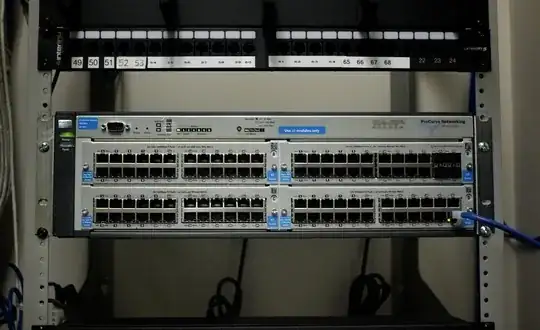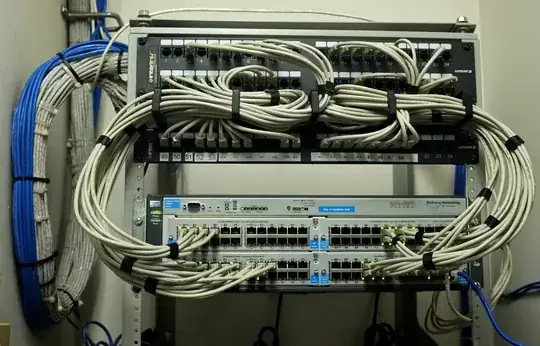The ProCurve 4200vl series is a heavily-oversubscribed chassis switch. The 4204vl you're looking at is a 4-slot enclosure and has a lower switching capacity than the larger units.
The 96 Gigabit ports represent a maximum of four 24-port modules in the unit. You are correct in that the switching fabric speed of 38.4Gbps is less than the 192Gbps needed by 96 Gigabit ports running full-duplex...
The 38.4Gbps represents the hardware capacity of the unit, hence why only four 10GbE ports can be accommodated.
However, in reality, you're not going to be running all ports, all the time and at full-speed! If you are, you'd need a switch with a backplane that can support all ports at wire-speed (non-blocking).
The 4204vl is not designed for that.
In most situations, switches like this are used for a variety of devices, some of which may operate at 10Mbps or 100Mbps (printers, ILO/DRAC, phones, etc.), and others at 1Gbps (PC's, thin clients, servers). The goal here is consolidation.
What do you expect to be doing on your network? Typically, individual port utilization is far lower than a full 1000Mbps. That's how oversubscription works.
Fully-populated 4204vl chassis

Typical port usage for my 4204vl setups in a branch office


